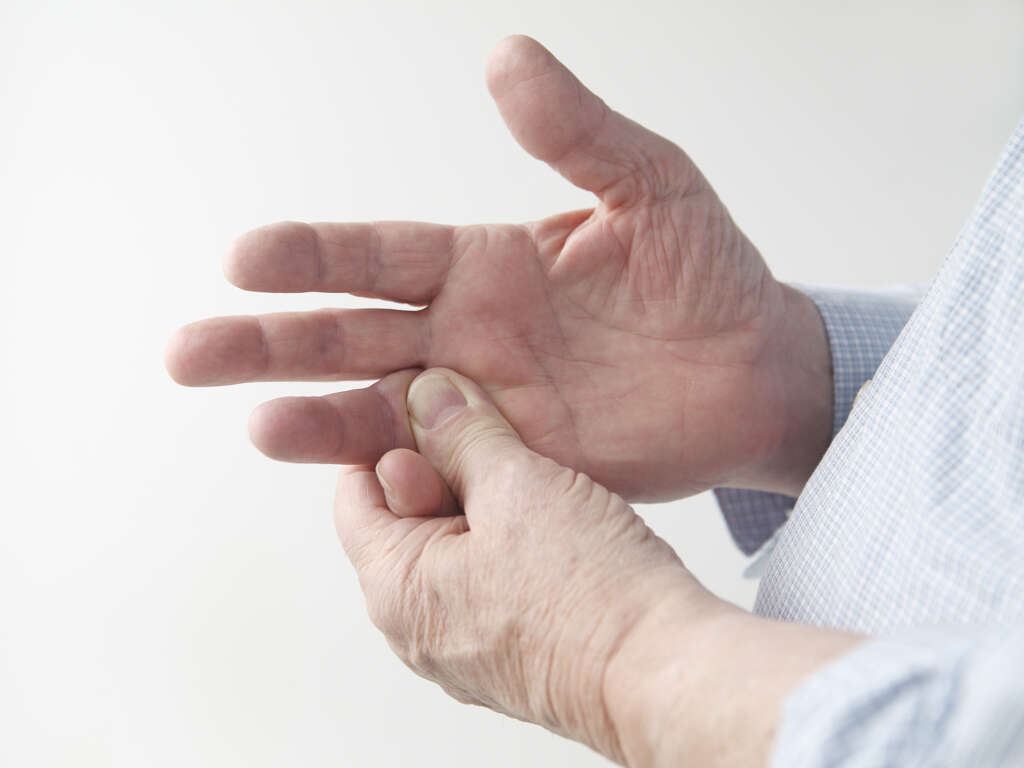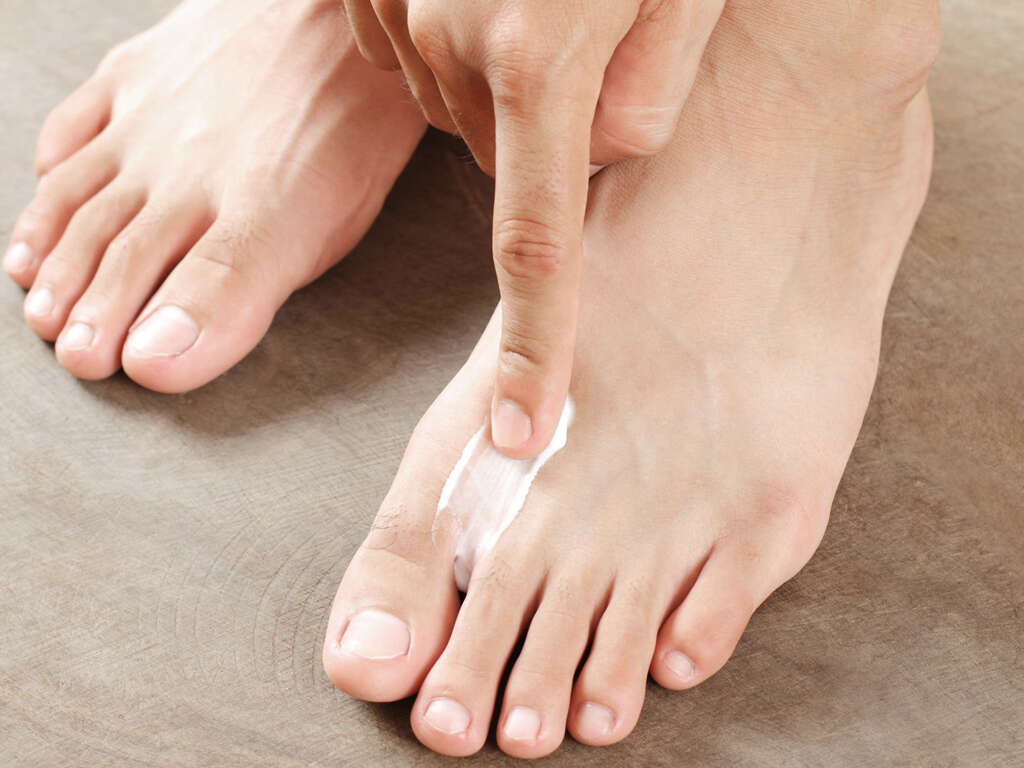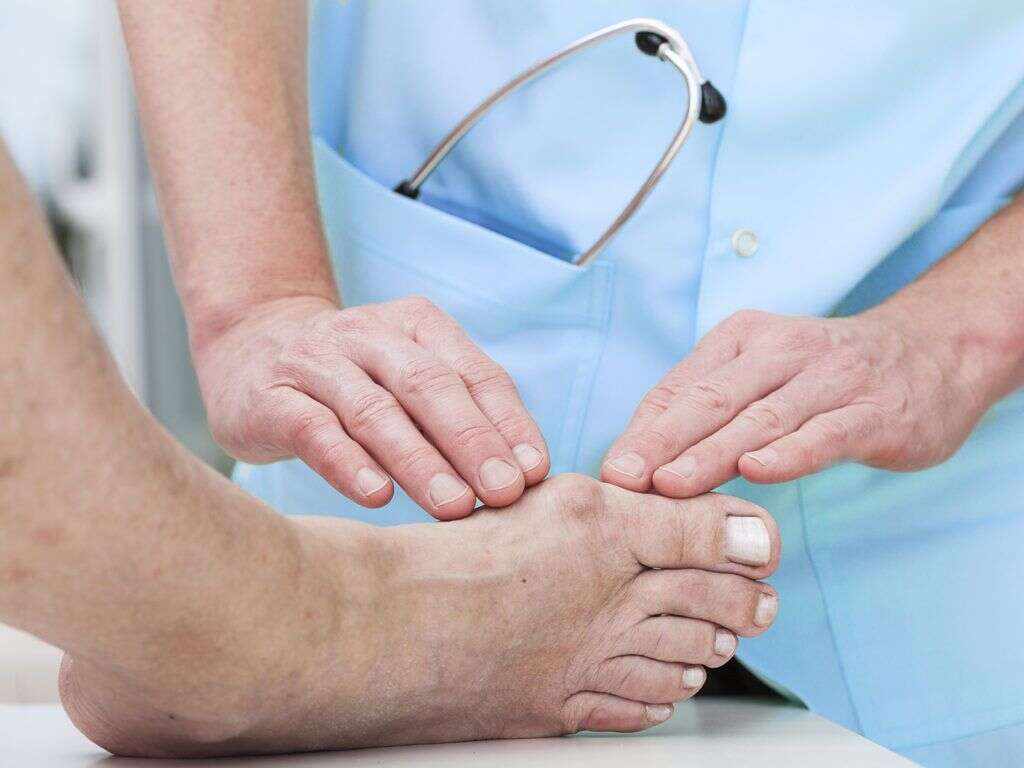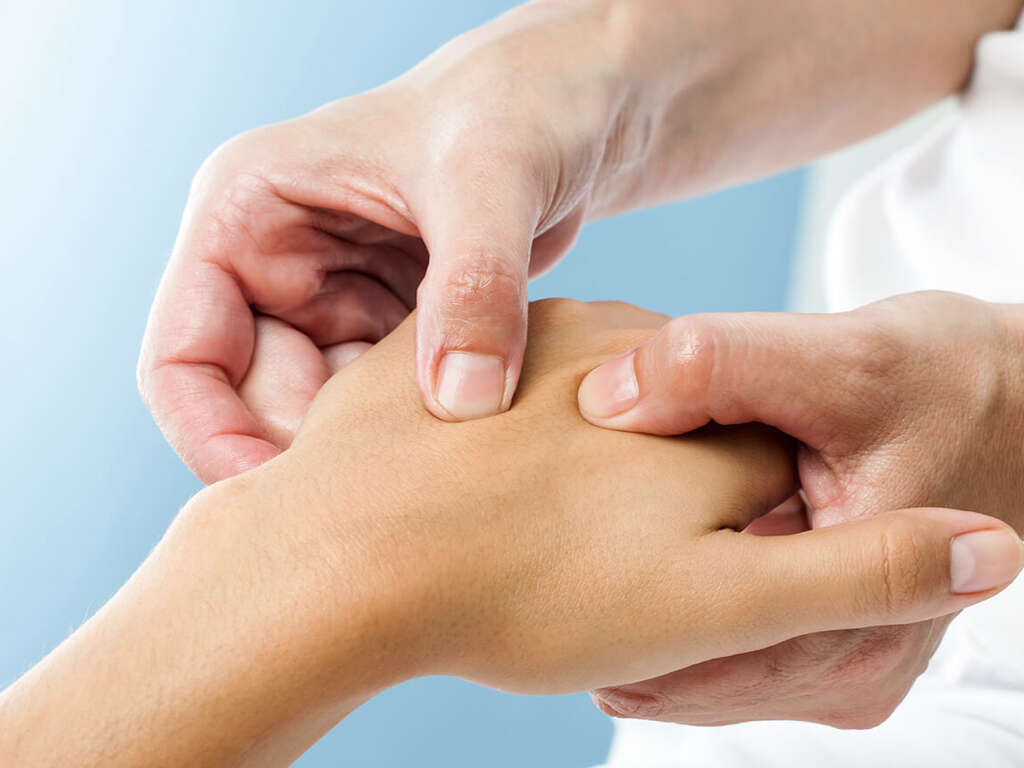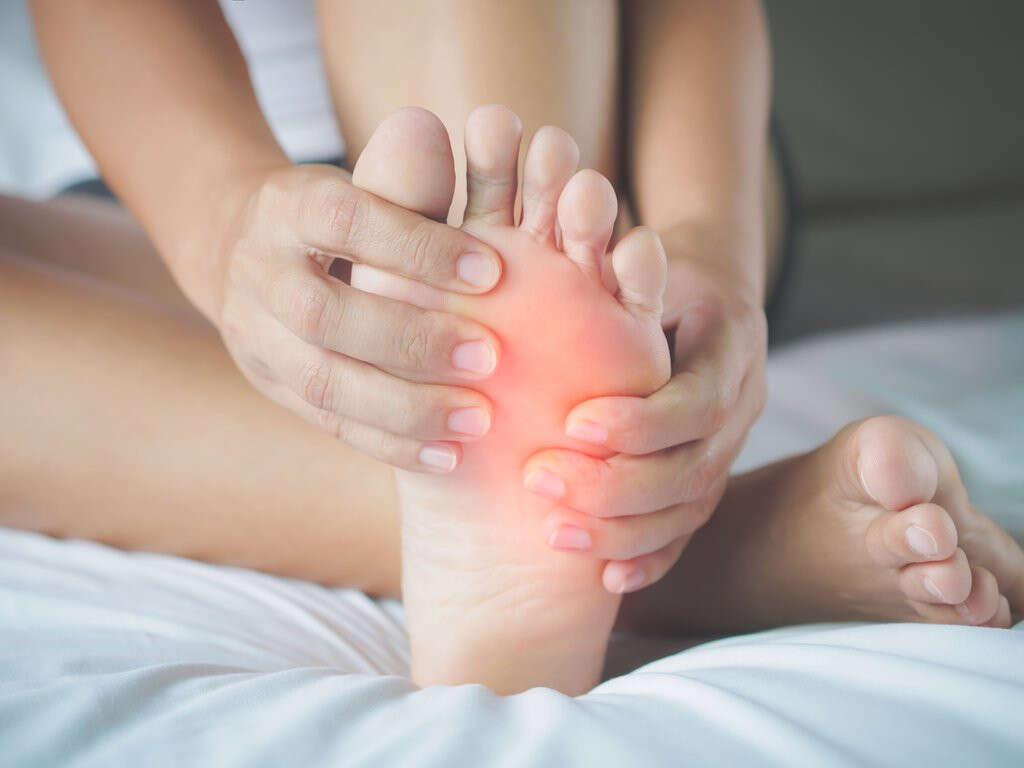What Is Raynaud's Disease?
 Article Sources
Article Sources
- 1. Fava, A., & Boin, F. (1970, January 01). Historical Perspective of Raynaud's Phenomenon. Retrieved September 02, 2020, from https://link.springer.com/chapter/10.1007/978-1-4939-1526-2_1
- 2. Hansen-Dispenza, H., MD. (2019, November 02). Raynaud Phenomenon: Practice Essentials,Pathophysiology, Etiology. Retrieved 2020, from https://emedicine.medscape.com/article/331197-overview#a5
- 3. Goudry, B., Bell, L., Langtree, M., & Moorthy, A. (2012). Diagnosis and management of Raynaud’s phenomenon. BMJ, 344, 37-42. doi:10.1136/bmj.e289
7. Complications
Normally, most of the changes in Raynaud’s phenomenon are reversible. In rare cases, severe complications can arise in the form of sores or ulcers in the skin of the extremity involved (i.e. finger pads). This happens because blood flow to the tissue is restricted for longer periods of time and cell-death starts to occur. It constitutes a medical emergency, and if untreated, it can progress to gangrene or the death of the tissue involved. Signs and symptoms of gangrene on an extremity include skin discoloration (purple, black), blisters, swelling, foul-smelling discharge, and cold skin. Additionally, patients with this complication can experience excruciating pain in the region.
After a person’s first episode of Raynaud’s phenomenon, physicians should always be on the lookout for symptoms that can suggest an associated underlying disease. This is especially important because severe disease and complications are more common in secondary Raynaud’s phenomenon. Moreover, the physician must always rule out other possible causes of these findings such as vasculitis (inflammation of blood vessels), embolic disease (occlusion by a blood clot that traveled from another site), trauma, or extrinsic compression of the blood supply to the region. If you experience Raynaud’s phenomenon along with severe, and persistent pain in an extremity call your healthcare provider immediately.
Advertisement



